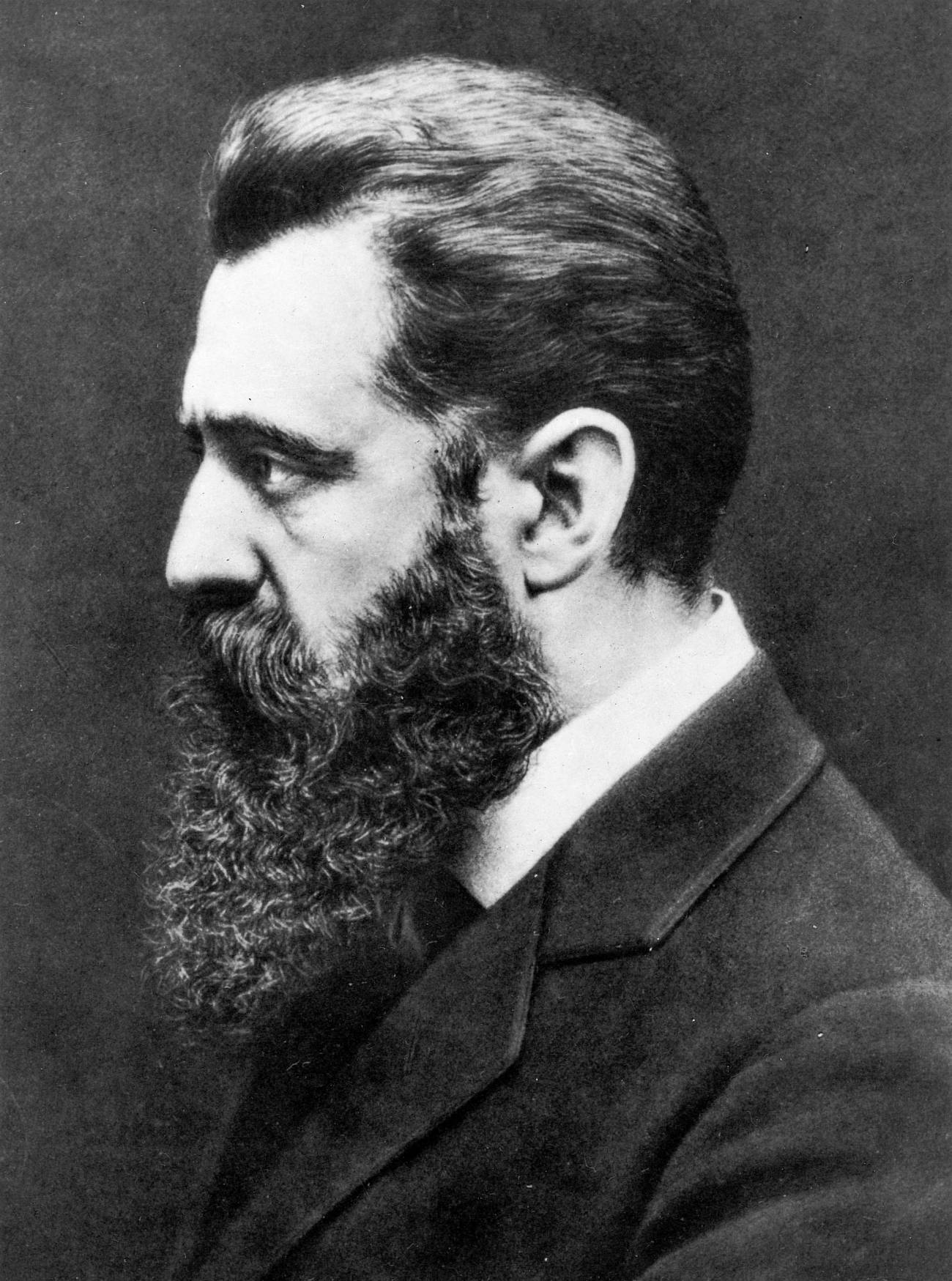A Festival of Light for Dark Times
A Hanukkah message from Theodor Herzl, 125 years ago




On New Year’s Eve in 1897, “The World” was only a few months old. Die Welt, a new weekly paper founded by a journalist named Theodor Herzl, would have a circulation that would hover around 3,000. Originally based in Vienna, the paper set out to explore, per its opening editorial, “the reconciling solution to the Jewish question.” Among Die Welt’s pages were objections to assimilationist tendencies among Jews at the time, reports of antisemitic attacks, and an essay on Zionism by a French artillery officer named Alfred Dreyfus. The paper’s headquarters eventually moved to Berlin, where, decades later, the locals would offer quite a different solution to the Jewish question. The paper shuttered in 1914 with the outbreak of what became known as World War I.
In the dead of winter and amid dreams of a rising national renewal, Herzl, in an essay titled “The Menorah,” offered a parable centered on Hanukkah, the Jewish holiday of lights, which ended that week. “Once there was a man who deep in his soul felt the need to be a Jew,” it began. This man was a universalist-minded urban artist, making an adequate living and creatively fulfilled. But an “age-old hatred re-asserted itself under a fashionable slogan,” as is anti-Judaism’s historical habit. In response, the man turned inward, toward a reclaiming of his faith, with fervor.
His friends thought he had gotten mad. How, they wondered, could deepening the malady of Judaism serve as a remedy? They scoffed at him behind his back, and even to his face. Doubting whether he could ever fully acclimate to the tradition of his ancestors that he had ignored for much of his life, he dedicated his energies to at least ensuring that his children would grow up among its customs and rituals. He acquired a menorah, the branched candelabra Jews light during the eight nights of Hanukkah. Considering its resemblance to a tree, the artist wondered whether it might be possible to water its roots, reinvigorating what he had allowed to desiccate.
Each night of the holiday, he lit the corresponding number of candles. On the first night he told his children about the ancient Maccabees, and the oil discovered when they reclaimed the Temple in Jerusalem for their people. The second night, his children repeated the story back to him, infused with their excitement and youthful radiance.
By the end of the holiday, the menorah’s eight candles were fully lit, joined by the shamash, the candle used to light all the others. Herzl then pulled back the curtain. The tale of the cosmopolitan European and his family’s reclamation of their heritage was “a parable for the awakening of a whole nation.”
As noted by the historian Daniel Polisar, Herzl was likely writing autobiographically. He had customarily purchased a Christmas tree for his family and was more well-versed in Latin, Greek, and German than he was in Hebrew. But he was developing the realization that candles of national pride and Jewish tradition, once lit, could attract companions. Writing a few months after the First Zionist Congress—whose 125th anniversary was marked in Basel in 2022—Herzl hoped for the progressing of his project of national reclamation. He anticipated the most desperate, the young and the poor, would be the first to see the light.
Then the others join in, all those who love justice, truth, liberty, progress, humanity, and beauty. When all the candles are ablaze everyone must stop in amazement and rejoice at what has been wrought. And no office is more blessed than that of a servant of this light.
Though Hanukkah is undoubtedly a uniquely Jewish holiday, commemorating the bloody battle for the preservation of its ancient practices and beliefs 2,000 years ago, all Americans may find inspiration in Herzl’s depiction. After all, imagining the reinvigoration of political unity and patriotic pride in the United States today seems no less far-fetched than Herzl’s dream for a renewed Israel seemed on the eve of 1898. Even if we willed it, we undoubtedly feel, it would probably remain just a dream.
Yet, during the American colonies’ earliest decades, and as the colonists subsequently developed hope for independence from Britain, they looked to the branches of a tree to reflect the potential of shared national purpose. Old elms were deemed “Liberty Trees,” a symbol of what one observer called “that Liberty which our Forefathers sought out, and found under Trees, and in the Wilderness.” The biblically tinged image, like the menorah, acknowledges separate branches, but emphasizes the shared root that feeds its growth. It reminds us that by drawing from our common core we might yet expand outward and upward.
In the dark desperation of our current societal disunity, consideration of what Herzl termed the “marvel of the Maccabees” may serve as a hopeful reminder, a means of reclaiming our own sense of national pride and purpose. If we remind ourselves and the next generation of the faith in which we were forged, and envision a brighter, more joyous tomorrow, we may yet find companions amid the slumbering darkness. We may yet find ourselves servants of the light.
Rabbi Dr. Stuart Halpern is Senior Adviser to the Provost of Yeshiva University and Deputy Director of Y.U.’s Straus Center for Torah and Western Thought. His books include The Promise of Liberty: A Passover Haggada, which examines the Exodus story’s impact on the United States, Esther in America, Gleanings: Reflections on Ruth and Proclaim Liberty Throughout the Land: The Hebrew Bible in the United States.